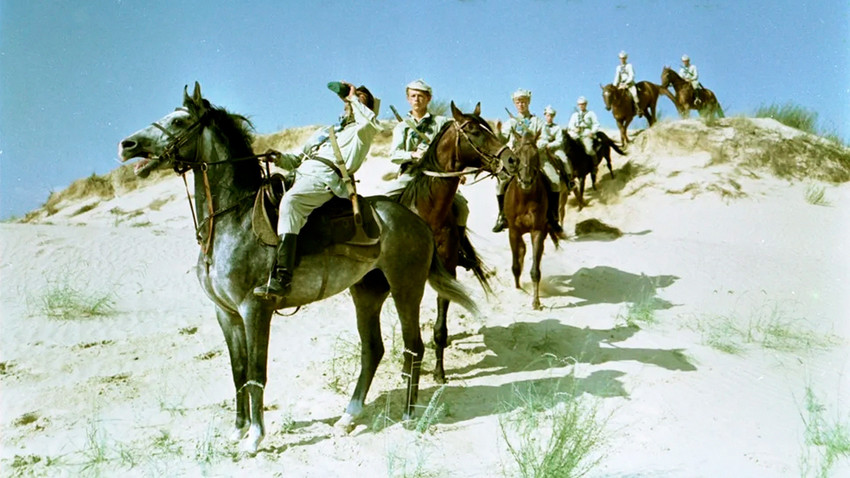
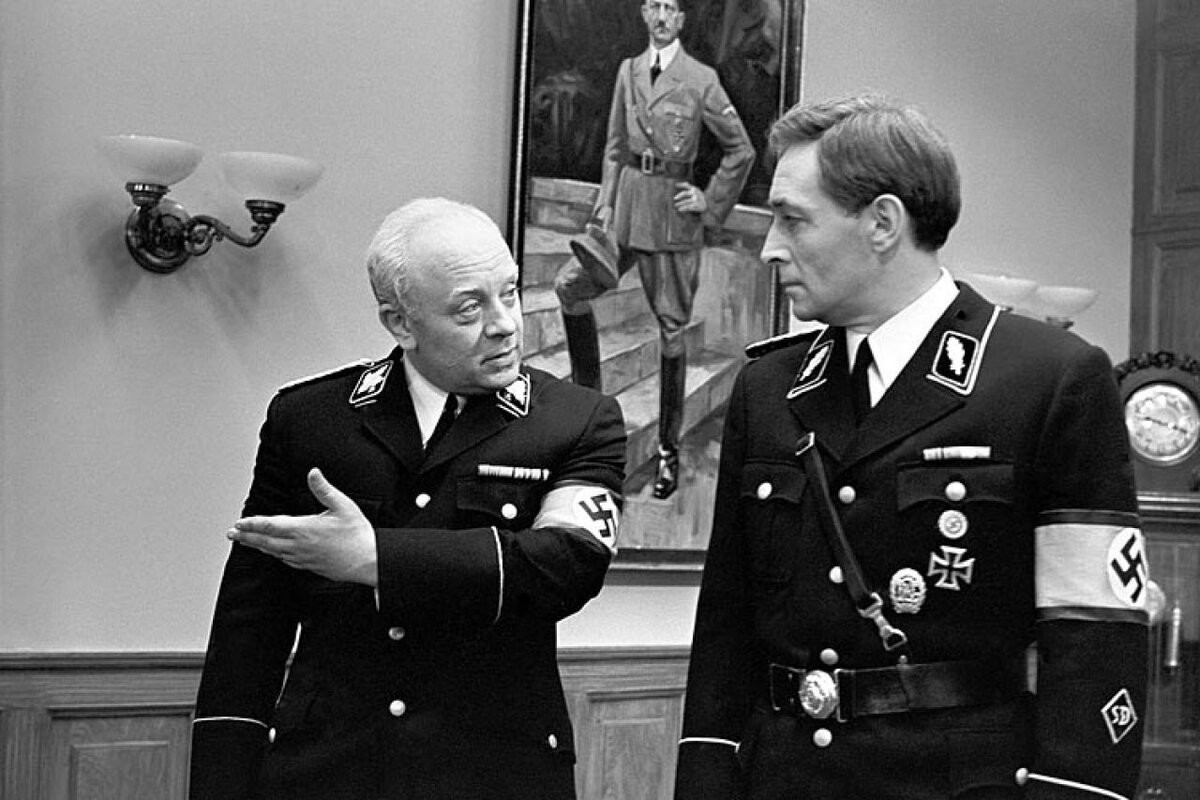
A Soviet spy named Max Otto von Stierlitz, planted in pre-war Germany just before the Nazi takeover, must disrupt Nazi plans to hold secret negotiations aimed at forging a separate peace between Germany and the western Allies. Meanwhile, an officer of Gestapo, the Nazi secret police, begins the hunt for a Soviet mole in the ranks of the SS.
This TV series is widely recognized as the most successful Soviet espionage thriller ever made.
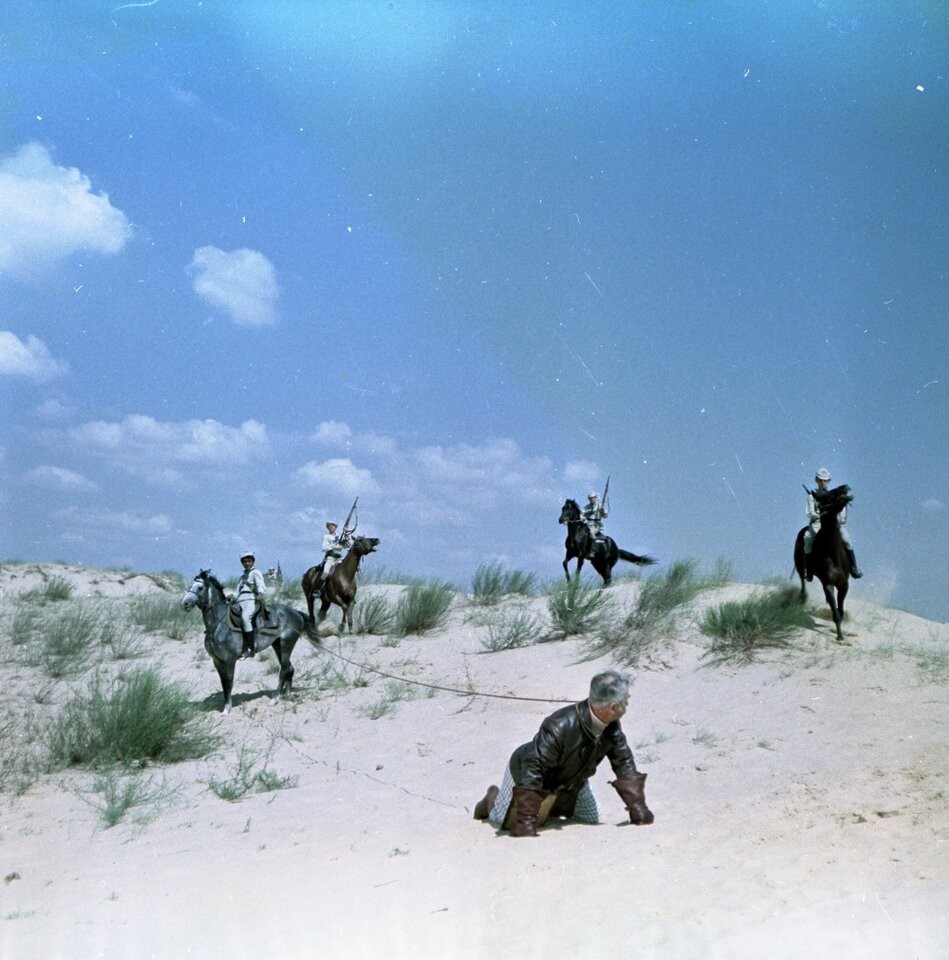
Four youngsters make a pledge of mutual assistance after the father of one of them is tortured and killed by a warlord fighting in the Russian Civil War. The four young friends embark on a series of adventures aimed at disrupting the operation of the ruthless gang led by the bloodthirsty warlord. This is a classic example of the so-called ‘Ostern’ (“Eastern” in German) or ‘Red Western’ genre, a Soviet interpretation of classic Western movies.
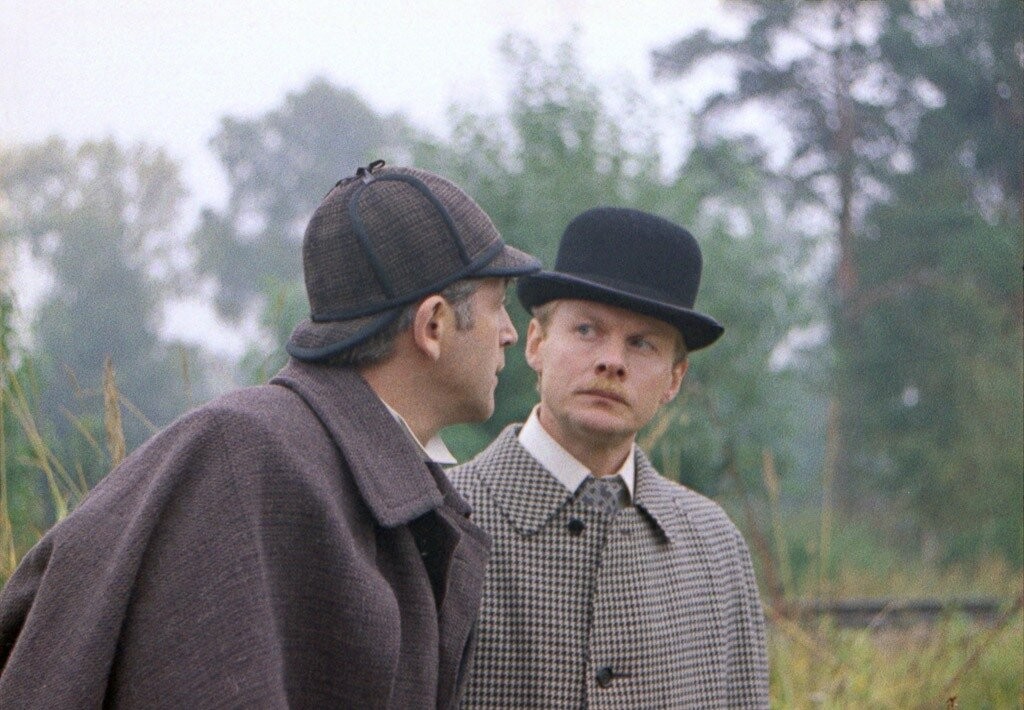
Soviet movies about the famous British detective are widely recognized as a solid attempt at the renowned series of books by Arthur Conan Doyle. For many in Russia, Vasily Livanov acting as Sherlock Holmes became the face of the franchise.
Filmed between 1979 and 1986, this TV series was also appreciated on the other side of the Iron Curtain. Livanov was even made an honorary member of the Order of the British Empire for “service to the theatre and performing arts”.
“In fact, it was pretty great,” wrote The Guardian about the series. “[…] You barely notice a road in Latvia standing in for Baker Street.”
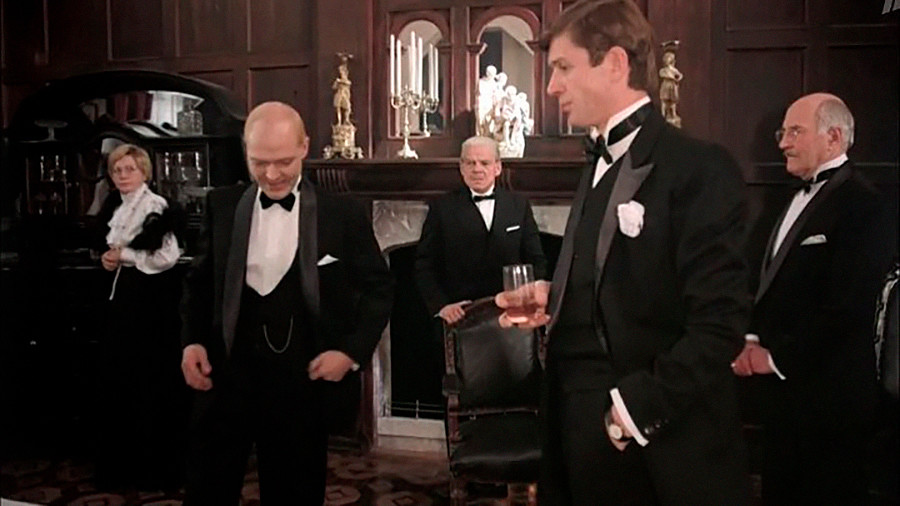
This adaptation of Agatha Christie’s novel published in 1939 is unique because, unlike Western adaptations, none of the characters or their respective crimes were altered in any way and the movie concludes with the grim finale from the original novel.
It was filmed in Crimea in 1987, with most of the scenes outside filmed near the legendary Swallow’s Nest castle, but as the rooms of the castle were too small, the interior scenes were filmed in a different location.
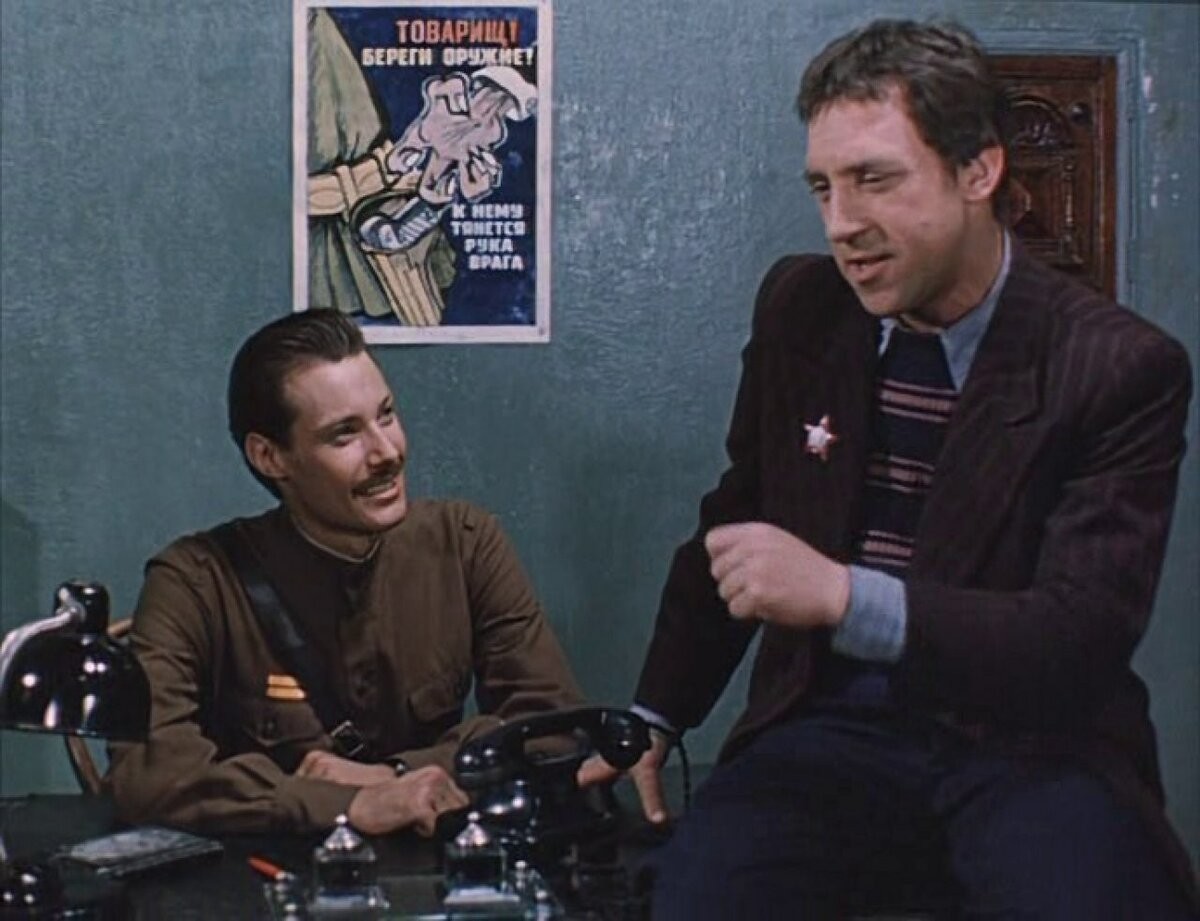
This Soviet TV mini-series accommodated some classic noir features in it. It features ambushes, chases, murders, shootouts and the iconic Vladimir Vysotsky as a police officer in post-war Moscow. The charismatic cop needs to crack a mystical crime syndicate going by the codename ‘Black Cat’.
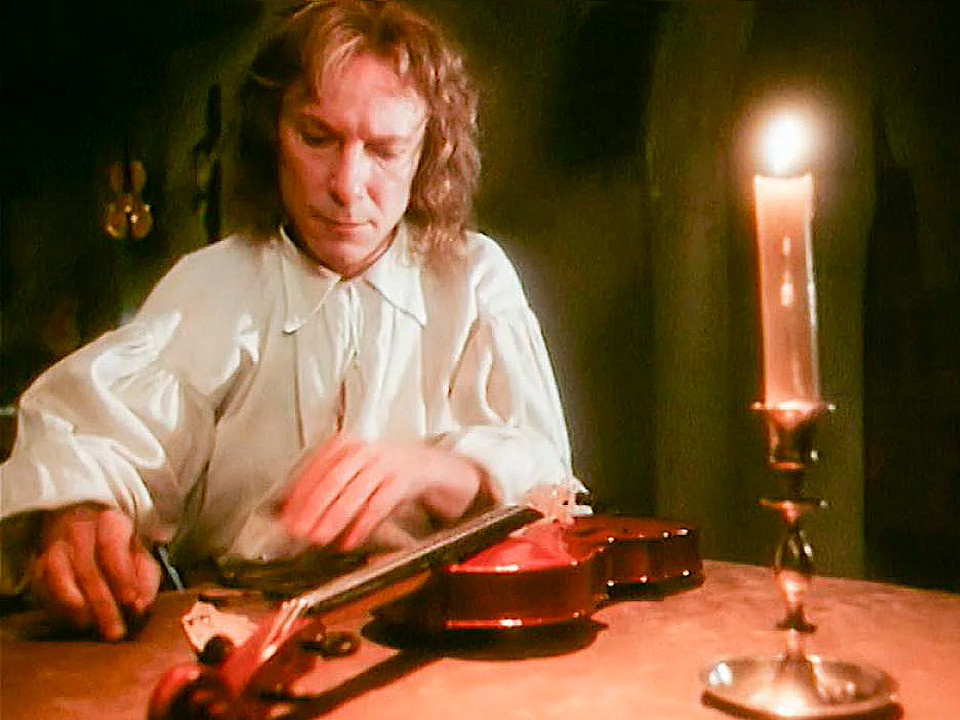
This detective series is not as reverberating as the above-mentioned The Meeting Place Cannot Be Changed, yet it is a great example of the Soviet detective genre. It is set in Moscow in the 1980s. A unique violin, made by Antonio Stradivari, is stolen from a renowned musician. While the police investigate the case, the viewer is introduced to a parallel storyline set in 17th century Italy and featuring violin maker Antonio Stradivari himself.

This spy mini-series is set in the Cold War era and depicts the struggle of American and Soviet intelligence agencies for the influence over a fictional country of Nagonia on the African continent. The KGB intelligence must neutralize a mole agent working for the Americans, who desperately seek secret information on Soviet supplies to the fictional African state. The miniseries is a classic example of a typical Cold War-era propaganda movie, yet not without its charm.
If using any of Russia Beyond's content, partly or in full, always provide an active hyperlink to the original material.
Subscribe
to our newsletter!
Get the week's best stories straight to your inbox